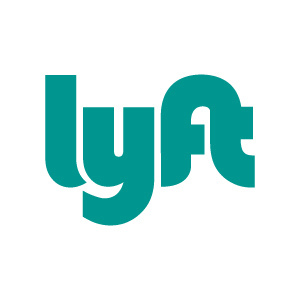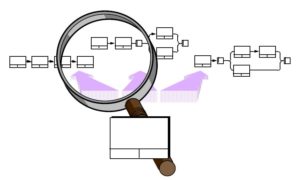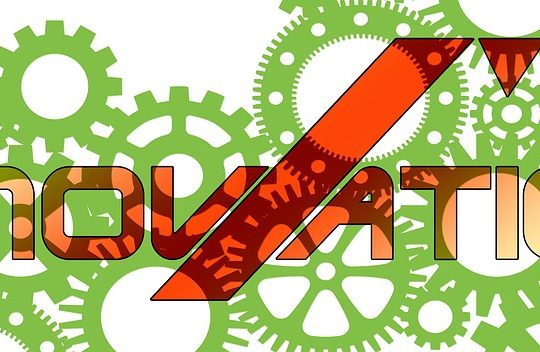
Disruption is the Buzzword — Change is the Reality
Disruption is All About a Companies Willingness to Change
Plan to disrupt by implementing these changes:
- Ask the technologists at the company to suggest areas for disruption.
- Change the process, not the technology.
- Be the company that is in change, not the company that is going to change.
Disruption Will Involve Technology
All disruption comes from an advancement in technology. In the past, those technology advancements centered around the nuts and bolts of the business– product design, manufacturing, and fulfillment. In the information age, disruption comes from a completely new arena; computer based technology. To disrupt, a company needs to embrace this change in paradigm, and needs to use its technologist like never before. A companies technologists are the strongest candidates for making disruptive changes within the company.
Disruption in the Taxi Industry
 It cannot be denied that the Taxicab industry has been disrupted by ride share companies like Lyft and Uber. In a yellow cab style industry that had pretty much reached its peak of technology with radio and dispatcher service, you had an industry that was ripe for disruption. What was the disruption to the industry? Technology! Both Uber and Lyft created software that addressed areas that were shortcomings with traditional taxi companies. Some of those things included:
It cannot be denied that the Taxicab industry has been disrupted by ride share companies like Lyft and Uber. In a yellow cab style industry that had pretty much reached its peak of technology with radio and dispatcher service, you had an industry that was ripe for disruption. What was the disruption to the industry? Technology! Both Uber and Lyft created software that addressed areas that were shortcomings with traditional taxi companies. Some of those things included:
-
Ease of use
- No hailing, no phoning, no searching.
- Simplified payment.
- Accurate estimate for your trip.
-
Usefullness
- Security through tracking.
- A rating system for quality assurance.
- Ubiquity — Same app everywhere.
These innovations could not and were not even conceivable by traditional taxi companies for one simple reason. They simply were not in the business of technology, they were in the business of taxi cabs. The disruption in the industry came from technologists.
If a company plans to disrupt the industry, they need to leverage and\or find technologists to guide them — All modern day disruption will come as a result of technology.
Change the Process — Not the Technology

Profit can be garnered by lowering cost, it is a Business 101 concept. When computers and automation entered the workplace, it follows that they were used as tools to lower cost. Email is cheaper and faster than traditional mail, copy machines are cheaper than using carbon paper, the list of ways that technology has lowered costs is almost endless. The challenge that most businesses face is that they have developed processes over time that were based upon the tooling they had in the past. Now when there are upgrades needed and warranted, often the immediate reaction is to find a software package that will then be modified to match their existing company process. This is folly, and the opposite of being disruptive. If for example a company is buying a new fulfillment system. The company should asses what the goals of the fulfillment system is, then decide on the system that best meets those requirements without modification. The company should then define a new process that best matches the package they are implementing. There is no profit, no competitive advantage, and no disruption available to be had in customizing an off the shelf system to match the status quo process.
Companies should spend corporate resources making their process work with the tools they have — not the other way around.

Be a Company “In Change”, not “Going to Change”
Corporate culture will almost always dictate that short term fixes are more important than long term goals. Unfortunately, it is just a fact every company has said “If we cannot do X we cannot do our business.” As a result item X becomes the new short term problem to fix. Just as X is winding up, a new problem Y is discovered and the company has a new heading and number one priority. This cycle can continue and will continue until the company itself is disrupted by someone else.
Steps for getting out of firefighting mode:
- Proper triage of the emergencies
- Are they truly life threatening?
- Is there a manual process that can be implemented for the short term?
- Will the “new way” fix the problem?
- Assess the current Team
- Can your current team actually implement the “New” process
- If not, are they motivated to learn?
- Can you gain the expertise externally? (new hires, consultants)
- Make a plan and set a date
- Make a plan to start the new process and set a date.
- Decide ahead of time what will and will not follow the plan.
- Define a team that will function in the “New” way and only the “New” way.
- Legacy processes should be “grandfathered” as legacy and exempt from new process as warranted.
- Make a second team that deals with legacy (Support, Dev ops).
- Assume legacy systems are at end of life and do not waste resources trying to heroically save it.
- Once the plan is in motion, do not waiver!
- New processes are hard, but they will be adopted.
- At one point, email was not considered a valuable business resource. Initially people didn’t like it but they adapted and adopted.
Disruption can only come through change. Plan your Change, Plan to Disrupt~Tal McMahon


